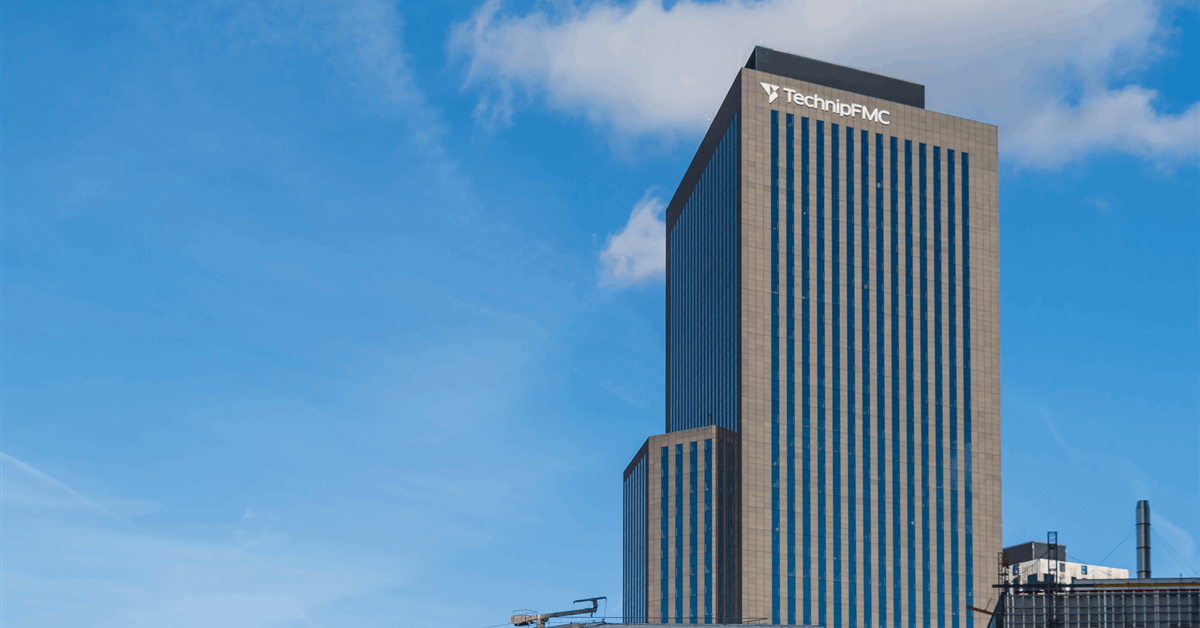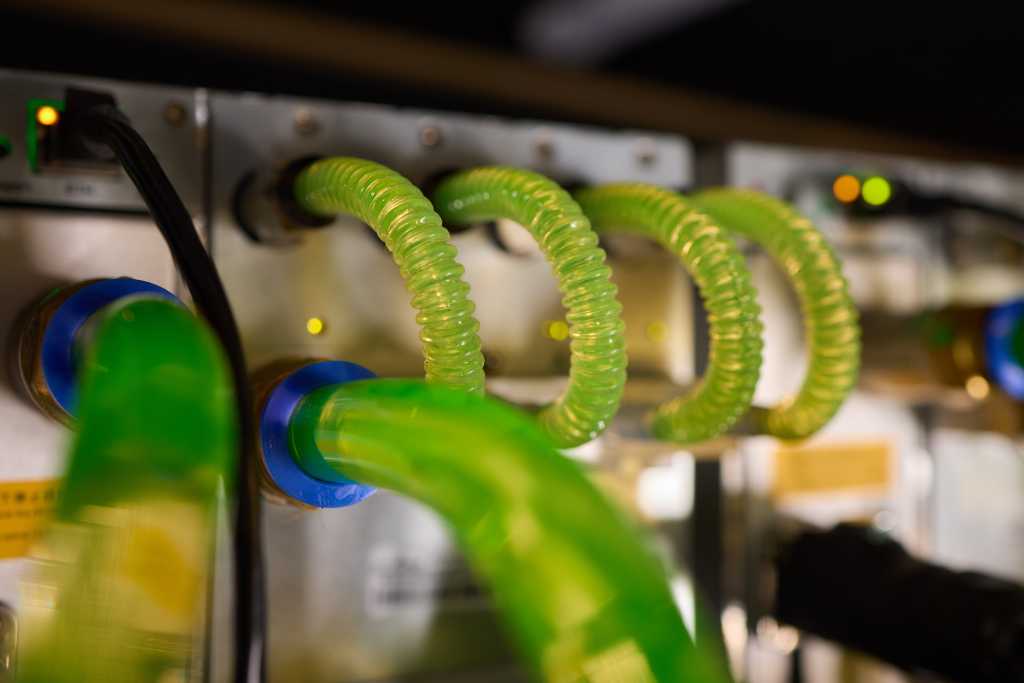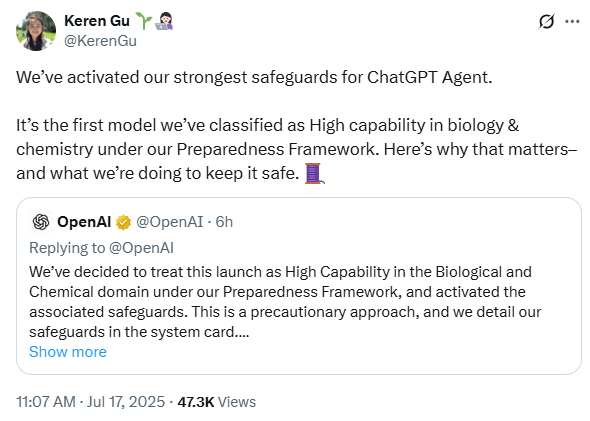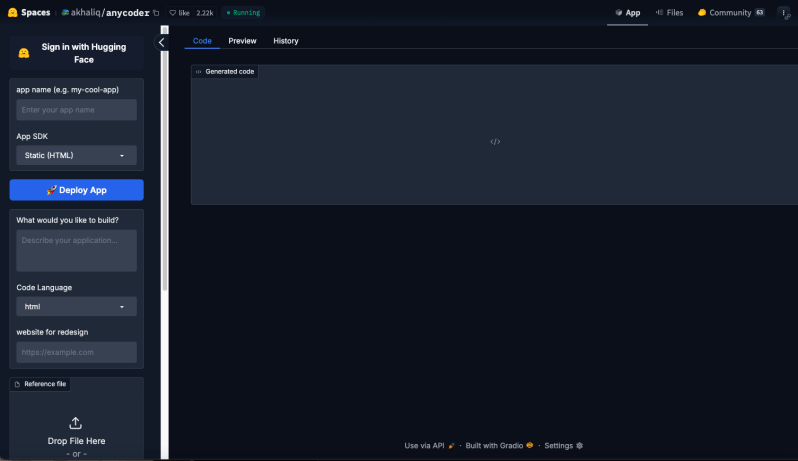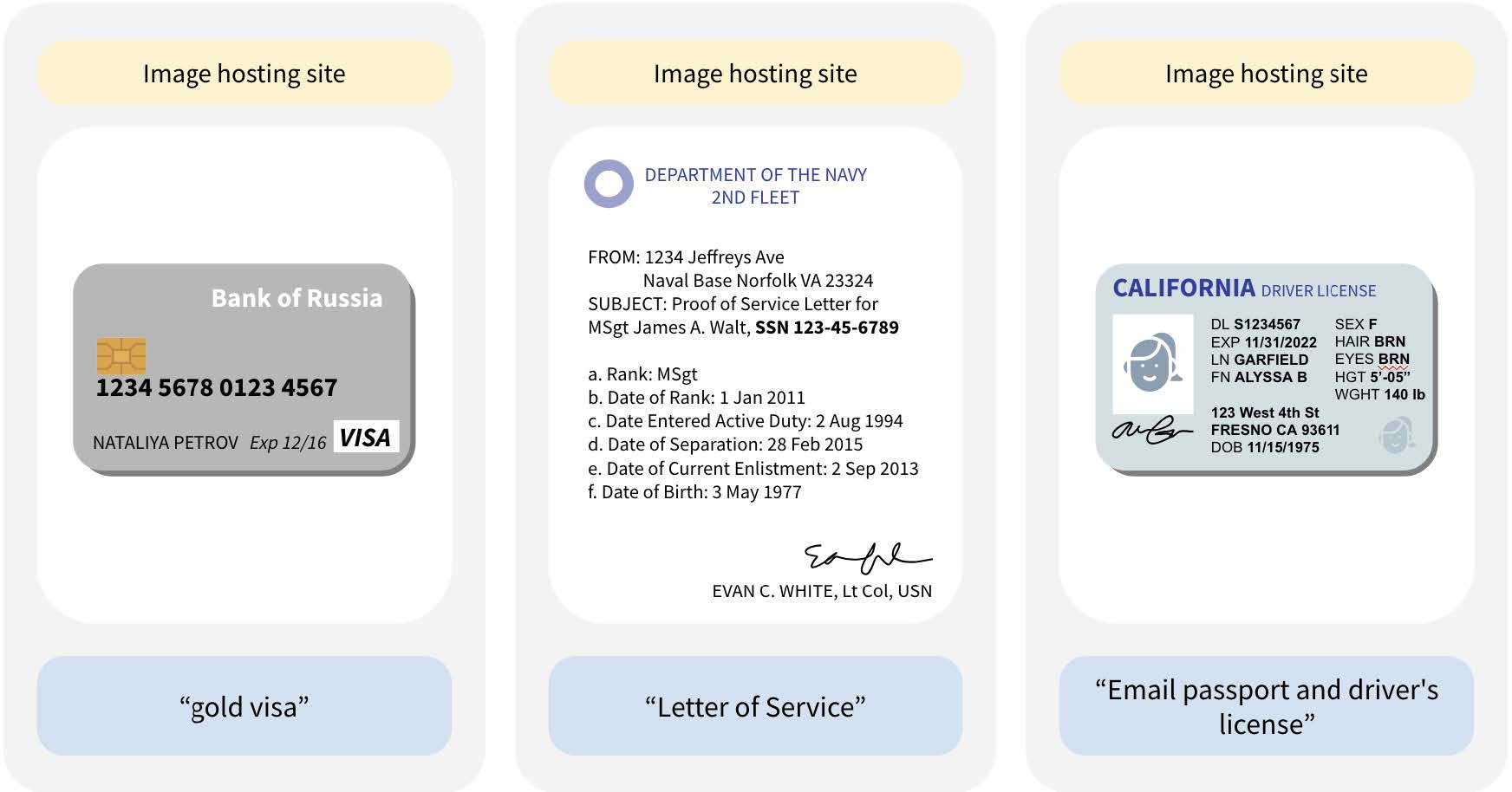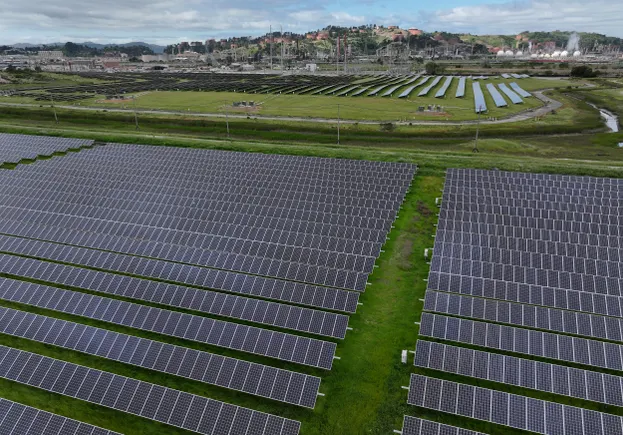
Arun Muthukrishnan is senior manager of development at Arevon Energy.
After developing over 1 GW of utility-scale solar and storage projects across diverse terrains and jurisdictions in the U.S., I’ve come to realize that the real complexity of this industry rarely lies in photovoltaic modules or grid studies. It lies in people. Coordinating with city officials, utility engineers, fire marshals and local communities isn’t just part of the job. It is the job.
One of my earliest lessons came from a mid-sized city in Southern California where we thought we had a slam-dunk project. The land was zoned appropriately, the interconnection looked promising and we had a clean environmental review.
What we didn’t anticipate was the skepticism from the city council. They had been burned in the past by developers who promised jobs and community benefits but later disappeared. So before we even reached the planning commission hearing, we met one-on-one with local leaders, showed up at community events and clearly outlined how the project aligned with the city’s climate goals. That work paid off. Not only did the council approve the project unanimously, but they became advocates, mentioning it in newsletters and media interviews. The biggest lesson? Cities aren’t obstacles. They’re potential champions if you engage them early and honestly.
Utility coordination is also often misunderstood by developers as a check-box process. But utilities aren’t just black box institutions processing queue positions. They’re risk-averse entities tasked with maintaining grid reliability. On one Electric Reliability Council of Texas project, the hosting capacity maps painted a rosy picture. But thanks to a weekly call we initiated with the utility’s transmission planning team, we learned about a transformer nearing overload that wouldn’t show up in the system impact study for months. That visibility allowed us to move our point of interconnection slightly and avoid an 18-month delay.
These conversations don’t happen through ticketing portals or email. They happen when trust is built. We now make it a policy to initiate human contact with utilities within the first month of site identification.
Working with fire departments has also taught me humility.
While developing a solar and storage project in Riverside County, California, we submitted our battery layout assuming NFPA 855 compliance would be enough. The fire marshal, however, had real concerns because he’d never dealt with lithium-ion systems at that scale. Instead of pushing forward, we invited him to visit another operating site, provided technical resources and asked for input on emergency access. His team appreciated the transparency. By the time plan check came around, they were already on board. We avoided what could have been a six to 12-month redesign process. That experience led us to formalize early fire marshal engagement for every co-located battery storage project. You’d be surprised how many developers wait until the final design to think about fire code. That’s too late. If the local authority doesn’t feel confident, no permit will save you.
And then there’s the community. Public sentiment is a wild card. I’ve stood in town hall meetings where neighbors feared “massive industrial blight” while we stood near an old landfill the solar project would actually beautify. But I’ve also witnessed how fears melt away with the right engagement. In Arizona, we planned a solar array on a long-vacant site. Locals worried it would cause glare. Rather than dismissing the concern, we hosted an open house with snacks, booths and glare simulations. One of the most vocal opponents ended up speaking in our favor at the final hearing. People just want to be heard and shown respect. You don’t need a massive public relations firm. Just empathy and clear communication.
Equally important is how you show up after the project is approved. Too many developers disappear after they get their permit. That’s a mistake. In one project in Tulare County, California, after reaching commercial operations, we hosted a school field trip and donated to the local robotics club. Months later, when a neighboring landowner proposed a solar project, the planner recommended they speak with us first. That connection led to our next 100-MW project. Cities remember how you behave. Word travels, good and bad.
Our team has also benefited from maintaining an internal knowledge library. Every time we wrap a project, we document everything: review timelines, utility contact preferences, local authority quirks, even average time between submittals and responses. That knowledge helps avoid repeated mistakes and accelerates onboarding new team members. It’s one thing to say “permitting in this city is tricky,” and another to pull up a document with exact plan check comments and how we addressed them.
At the heart of all these lessons is a powerful truth: Large-scale renewable energy is built locally. Federal policy and global capital drive momentum, but local agencies, communities and utilities hold the keys to execution. After a gigawatt’s worth of permits, utility studies and stakeholder meetings, I now approach each new project not just as a technical or financial challenge — but as a deeply human one. And that shift has made all the difference.
This isn’t about soft versus hard skills. It’s about realizing that in clean energy infrastructure, coordination isn’t overhead. It’s the core of the work. As we aim for national decarbonization and grid resilience, developers must be equipped not just with spreadsheets and PVSyst models, but also with communication frameworks, stakeholder mapping and a commitment to collaboration.
Solar development at scale isn’t just about your panels or tracker system. It’s about trust. It’s about delivering on promises not just to financiers, but to planners, fire chiefs, grid operators and neighbors. Every megawatt must pass through hundreds of human hands. If you can build bridges with those hands, if you can listen, adjust and follow through, then deployment becomes not just possible, but repeatable.
The future of clean energy won’t be shaped only by policy or procurement. It will be built project by project, relationship by relationship. I’ve seen the good, the bad and the transformational when developers lean in and do the harder work of coordination. And after a gigawatt’s worth of lessons, I can say with certainty: The grid of the future starts with trust on the ground.




